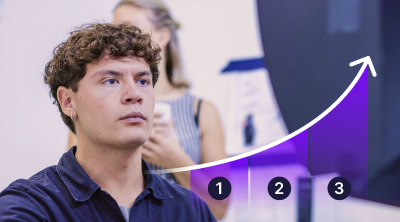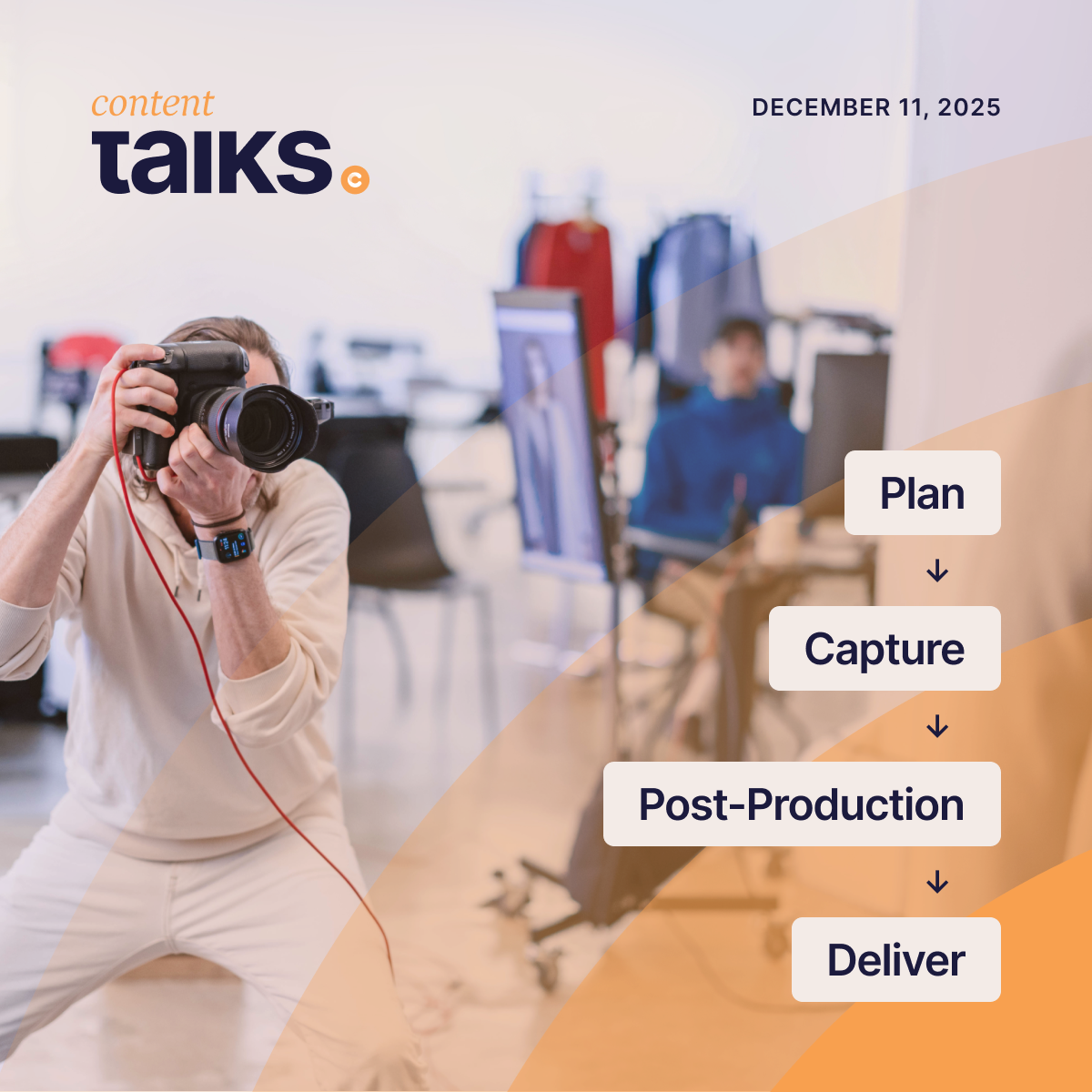Virtual Models and the Future of eCommerce Content Creation
The eCommerce content production landscape is on the cusp of a huge transformation. And virtual models are at the core of all of it. In a field where traditional photography can be complex and expensive, AI-based solutions offer a promising alternative that could make things easier and bring some incredible benefits to the industry.
This blog post was written in collaboration with dreem.ai - sign up now for early access!
What are Virtual Models?
Virtual models are digital, three-dimensional representations of physical objects, environments, or people. They’re created using computer graphics software. They can be manipulated, animated, and rendered to appear in various scenes, poses, or lighting conditions.
In the context of fashion and photography, a virtual human model is a computer-generated representation of a human being. These AI-generated models can be designed to have specific appearances and can be posed and dressed in any desired way. Some of these virtual human models are so realistic that they can be almost indistinguishable from photos of real people.
Understanding the Potential For Virtual Models
Although the use of virtual human models, using platforms like Looklet or Lalaland.ai, remains in its infancy within the industry, several noteworthy examples have begun to carve out a path in the field.
Levi's, for example, is testing virtual models. The team wanted to expand the representation of diversity within the confines of a tight budget. By leveraging the power of AI and virtual models, Levi's found a simple solution to showcase a single clothing item across various skin tones and body shapes, a feat prohibitively expensive and logistically difficult using traditional models. In addition, AI-generated models serve as a cost-efficient alternative to hiring physical models.
Addressing the Challenges and the Future of AI in eCommerce
The integration of AI in fashion photography also has challenges. Concerns about the role of real models and the broader societal implications of AI incorporation have surfaced. While these are important considerations, the potential of the technology and its exceptional value can often make its integration a forward-looking move.
One interesting prospect is regionalization, the use of AI to ensure that assets are suited to specific markets. This is increasingly crucial as brands continue to expand their global footprint. The capacity of AI to streamline this process is immense. Yet, this isn't solely about harnessing available technology. It also involves discerning where to invest time, talent, and resources to derive the maximum benefits of AI integration.
During the "5 Ways AI Will Impact eCommerce Content Production" webinar, Creative Force CTO Tejs Rasmussen imparted a crucial point to viewers: “The AI is not going to make a lot of value if you can't do quality control on it and reject back and learn from it. Also, the learning part is huge in AI. Let's learn from what we've done previously.”
Who Owns the Copyright
On the legal side of things, we wanted to quickly touch on the topic of copyright. As The Art Newspaper reported, the US copyright office has determined that “Copyright requires human authorship.” However, “a human may select or arrange AI-generated material in a sufficiently creative way that the resulting work as a whole constitutes an original work of authorship.” So when considering generative AI, keep in mind that the copyright landscape is still evolving. Securing the rights to AI-generated work will have to be proved on a case-by-case basis.
How Will Virtual 3D Models Affect Content Studio Operations?
Virtual 3D models could transform content studio operations significantly. Studios can reduce costs by eliminating many expenses associated with physical photoshoots. Virtual models allow for greater creativity and flexibility as they can be used in any imagined scenario. They increase efficiency by speeding up the process from concept to final product, and open opportunities for remote work.
On the other hand, the shift may reduce the demand for physical models, makeup artists, and other roles, impacting people in those roles. AI also requires an upfront investment in 3D modeling tools and training. As technology evolves, studios will need to adapt, striking a balance between traditional methods and new virtual talent.
AI and Creative Force: Trailblazing the Future
At Creative Force, we are excited to embrace intelligent automation, a blend of workflow automation and AI. We're embarking on integrating AI throughout our content production process, while probing and testing new technologies in high-volume content production environments, before finally adding them into Creative Force's ecosystem.
To this end, we've unveiled "dreem" by Creative Force, a dedicated division tasked with testing novel technologies, primarily AI, in conjunction with other automation technologies. "dreem" provides a sandbox environment where we can experiment with freedom, ensuring any potential security and privacy challenges are kept separate from our production system.
This proactive strategy allows us to think about the future of AI in eCommerce content production, augmenting productivity across core asset types, introducing generative technologies, and more. Essentially, we're readying ourselves to redefine the eComm content production landscape, staying ahead of the curve as we transition into the era of intelligent automation.
Wrap-Up
The rise of AI and virtual models will bring a shift in eCommerce content production. Utilizing AI's capabilities to create virtual models not only adds efficiency and promotes diversity within the industry, but it also paves the way for the cost-effective scaling of eCommerce brands.
The enormous potential of AI is undeniable and the establishment of 'dreem' by Creative Force shows our commitment to responsibly testing, learning from, and implementing AI technologies. As we further integrate AI into our content production processes, we find ourselves at the dawn of a new era, poised to redefine the dynamics of the eCommerce industry and sculpt the future of content creation through intelligent automation.
For those seeking a deeper dive into the subject, we invite you to check out our webinar on AI in eCommerce hosted by CTO Tejs Rasmussen and Chief Evangelist Daniel Jester. In this insightful session, they delve into the challenges and opportunities in eCommerce, including:
- Improving data collection and validation
- AI-assisted regionalization
- Dynamic assets and virtual models
- Enhancing post-production workflows
- Generating and working with 3D models
Join us as we explore these fascinating domains, pushing the frontiers of eCommerce content production, and contributing to the evolving narrative of intelligent automation in the industry.










